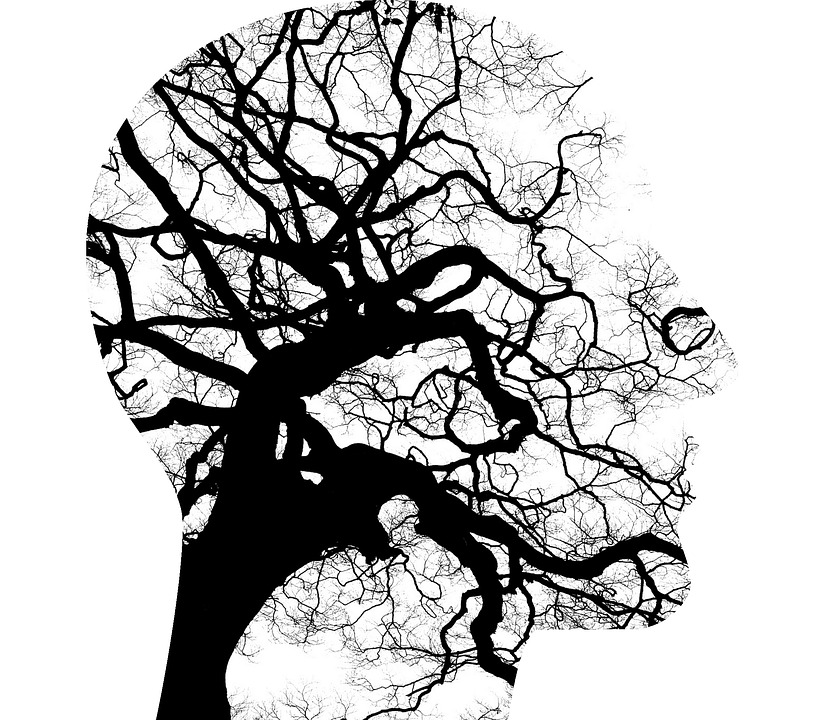
Neuroscience is a branch of science concerned with the study of the nervous system. The human brain is the largest and most complex living structure on the planet, consisting of 86 billion nerve cells and trillions of neuronal connections. Within this complex structure, millions of information transfer processes are coordinated. Because of its complexity, neurological disorders are a major concern, affecting up to one billion people worldwide. In order to study this, neuroscientists try to understand every aspect of the nervous system, from how cells communicate with each other to how those cells function within it.
A new way to understand neuroscience
A simple way to understand neuroscience is to think of it like an engine. The brain is like the engine inside the car. It reacts to its input to determine its performance. It also responds to its surroundings and context. Neuroscience is an interdisciplinary field, which integrates several disciplines. For example, the Society for Neuropsychology studies brain-behavioral interactions. These relationships are fundamental to understanding how the brain works. In addition to its practical applications, neuroscience is a fascinating subject for people who want to understand the mind’s workings.
Scientists use different approaches to study the nervous system, including molecular and cellular biology, electrophysiology, and computational neuroscience. Neuroscientists study the nervous system on several levels, from molecular to systems-level, and even cognitive. New technologies have contributed to the field’s rapid evolution. If you’ve always wondered what neuroscience is, consider reading this definition. It might help you decide whether or not neuroscience is right for you.
In the 17th century, Thomas Willis published Anatomy of the Brain, a book that describes the brain’s functions. It also included the first use of the term “neurology.”
Throughout history, neuroscience has influenced medicine, spawned commercial applications, and led to the creation of several neuroscience centers at universities. Its potential for improving our health and military capabilities is a major goal of the United States Army, and the Army’s future depends on overcoming cultural and ethical obstacles that impede its successful application. And, as we’ve seen, these breakthroughs have also paved the way for the development of new therapies and medical technologies.
Neurobiological model of the brain
In addition to the brain, the environment also plays a role in human cognition. We cannot fully understand our world without understanding the interactions between the brain, body, and environment. In this case, a more thorough definition of the brain-body-environment nexus is required. The broader definition of memory involves the ability to remember something without thinking about it. Memory, in this sense, is a product of the brain-body-environment interaction.
A critical aspect of the concept is the role of pharmacological agents. Pharmacological agents can either alleviate the effects of stress or improve performance beyond baseline capabilities. In many cases, there is a need to distinguish between these scenarios in order to apply neuroscience insights correctly. The committee’s work will help in this process. In the meantime, it will allow researchers to focus on the functional aspects of neural function and develop an appropriate strategy for their studies.
Molecular neuroscience studies the mechanisms by which neuron-based communication occurs. Neurons are made up of dendrites and axons. These cells are specialized communication cells that form connections with other neurons. The axons of neurons carry electrical signals and may branch off after their initial projection. Axons can influence the activity of other neurons and the overall function of the nervous system. With these fundamental facts, neuroscience is an exciting field to explore.
